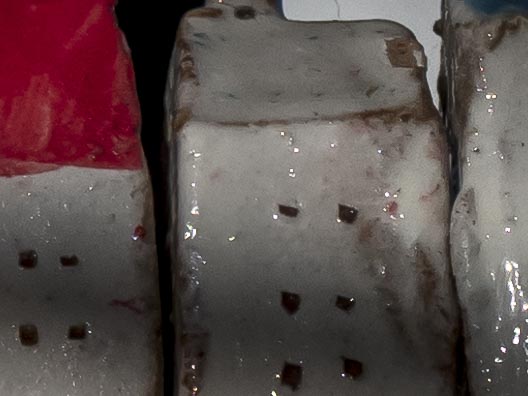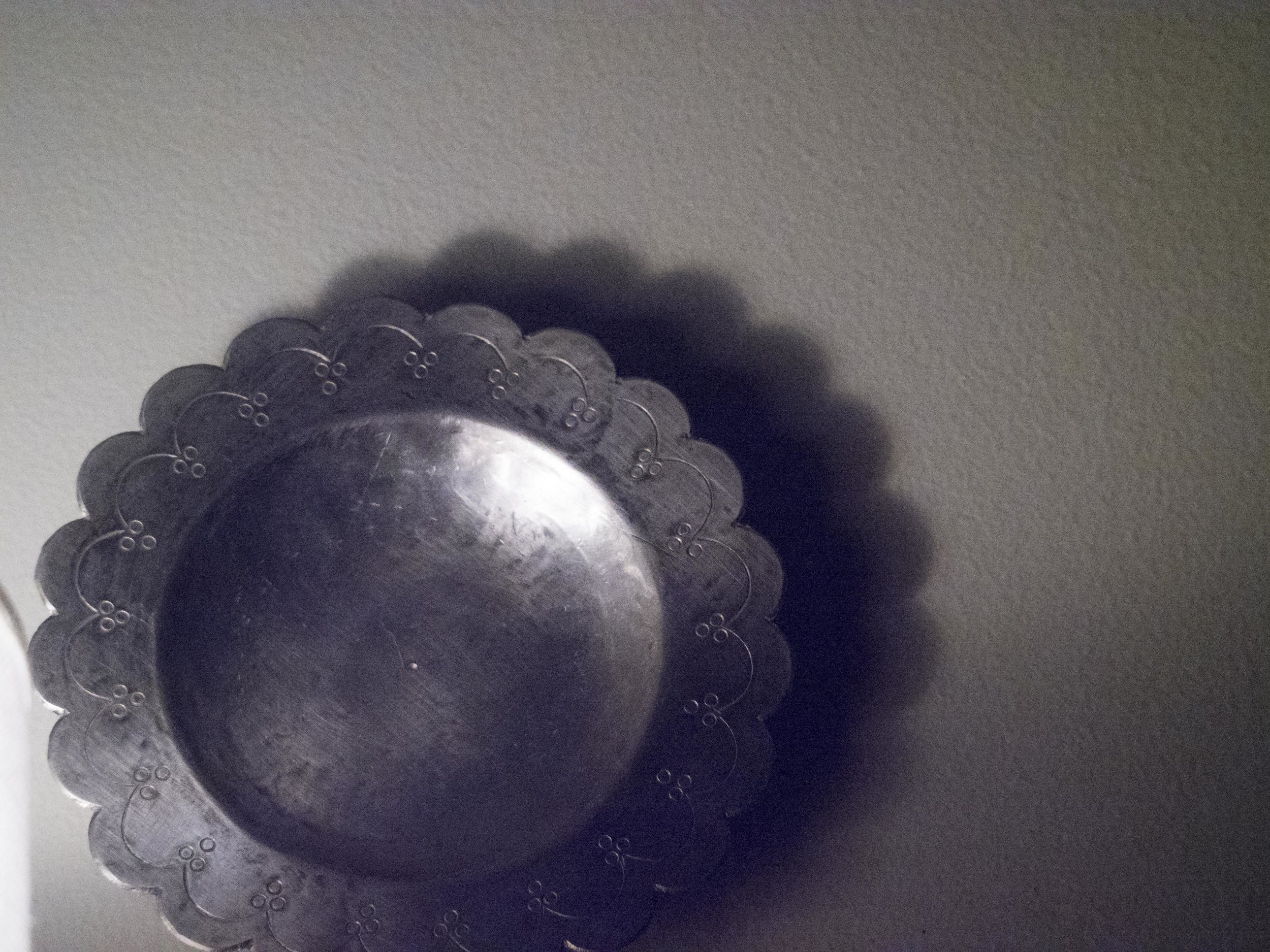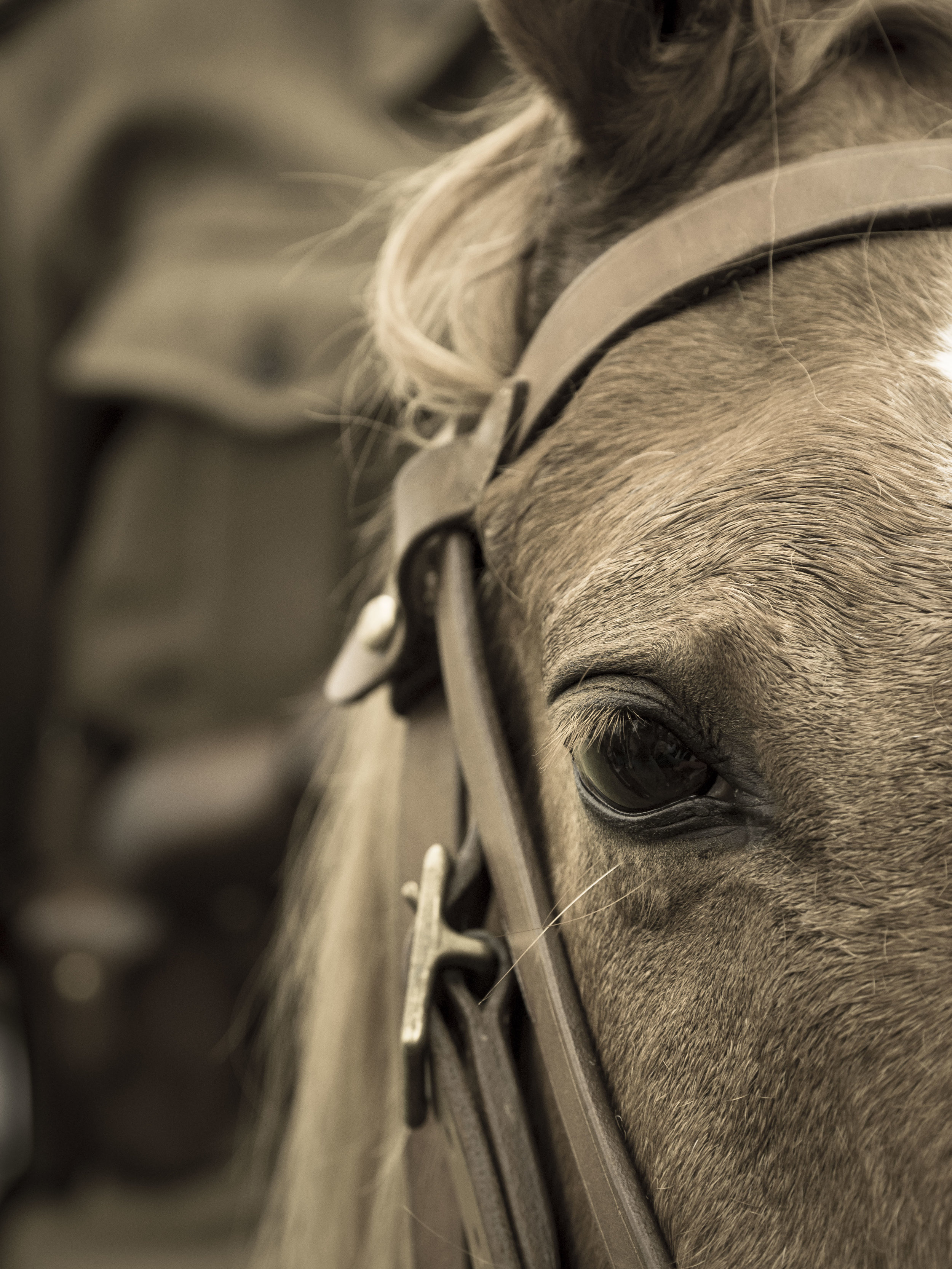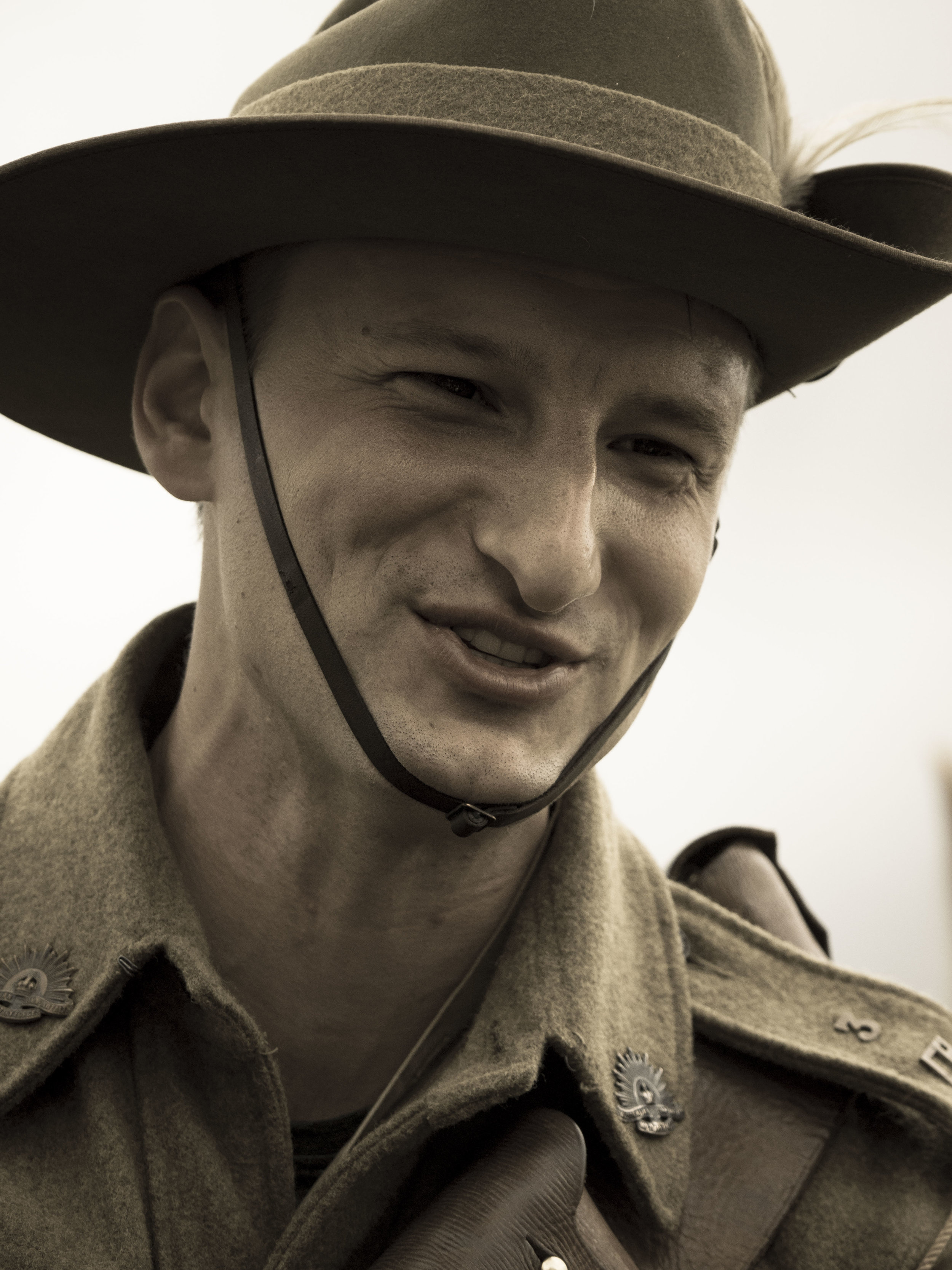My boss asked me where I thought the industry is going, especially the future of Nikon and Canon in mirrorless. I answered quickly at the time, but after a chance to think on it, I can be more succinct.
I believe that in the short term, the adventurous, the troubled, the unsatisfied, the frustrated and the adventurous have already moved on. Olympus/Panasonic, Sony and Fuji have all taken a reasonable share of an ever growing pie, leaving the resolute SLR users to their favoured tools. The lower level consumer is at the whim of the local market, some pushing SLR’s, others not. This is the level I find most troubling from a salesman’s perspective. Who is better serviced by a what-you-see-is-what-you-get camera than a new or occasional user, yet the bulk of the selling market is still fixated on putting a traditional SLR in their hands.
Nikon and Canon now have to swing their SLR faithful over to ideas their customers have already rejected/been suspicious of (or even oblivious of), by showcasing the very features they have been fighting against for the last five years (and contradicting with their own Live View developments) and this with the weight of the two biggest sensor makers (Sony and Panasonic) innovating further all the time. Just another example of “Film is better” or Auto focus is just a gimmick” thinking?
This is by far the tougher road. Apart from possible customer resentment of being abandoned (again*), or forced to adopt a new direction, they have also inherited the slower to change, more deeply invested or less adventurous. Maybe the transition will be easier than I suspect, maybe not. The point where the thinking and language changes will be critical. If they go too hard, they may alienate their core business, but the longer they delay, the greater the chance of loosing more of this same core to their opposition. Maybe they should do as those that came before them have and listen to their customers.
*(I still remember the FD to EOS change and the shift film to digital and lets not talk about 4/3 to M4/3 and Sony mirrored to translucent mirror to mirrorless shift in lightning time).
Could they have done things differently? Probably not.
The incentive for them to change the way we think would have been about as realistic as an Arab oil sheik pushing solar power down our throats in the 1990’s. They had a huge stake in the status quo, looking down at the “lesser” brands desperately trying to eke out a living with as much care or awareness as a Cape buffalo notices a tick-eating bird on it’s back.
Where will we be in 2-3 years?
Canikon will be expanding their mirrorless range at the expense of their mirrored and their language will inevitably change. All of their years of dominance will be diluted by mixed messages and unsettling changes. The early adopting mirrorless brands will start to look like old hands, gaining back much of their lost strength from the film era.
The big two may start to look less dominant and less exciting or they may adapt well and keep their majority share. Both brands have created problems for themselves (Nikon more than Canon) by fluffing their early attempts at consumer level mirrorless, so this will need a fix (cheaper full frame, or gradual replacement of low end cameras up).
Those annoyed enough by the change will probably take the opportunity to switch to the opposite brand (as they do every so often) or may look sideways at the brands that have a 4-6 generation jump on the big two.
The SLR may be starting to look a little “over ripe” or even quaintly “old school” as reduced size, improved optics and the other technical benefits of mirrorless design begin to appeal more. The “D” designation will increasingly be replaced by “M”. The only thing that will retard this would be the reluctance for Canikon to change entry level consumer thinking, at their peril.
Talk of performance with lens “X” on camera “Y” with adapter “Q” will become more common, although many will still resist adapters as the preferred alternative (maybe Nikon or Canon could have stayed with the same depth to their cameras, as this is not the primary point or benefit of mirrorless and designed mirrorless specific lenses with the added benefit of protruding rear elements where needed?).
In 4-5 years?
As the majority of the market are led down a clearer and fully accepted pathway, even the most reluctant will gave switched over (look how far mirrorless has come in such a short time with only the fringe players as champions).
Mirrorless was really nothing more than a fledgling oddball six years ago. In another five years, we will look back and wonder what took us so long to see the light as even this technology becomes old school.
Possibly the one camera, pick your lens from any stable kit will start to be semi-normal, maybe even desirable. Camera to lens adapters may be part of life for many* rather than a necessary evil.
The fight against this trend, with the promise of improvements allowed by dedicated mirrorless lens designs, will start to make many slightly older SLR lenses less attractive and pressure will mount to upgrade. This will be a new golden age for the lens designer. Conversely, older legacy lenses from as far back as the 60’s will find ever more welcoming homes as the “look” of an image will become more important than just it’s measurable quality (which we have plenty of already).
*Serious shooters will be able to hunt down the exact combination of glass they prefer without having to commit to just one brand or run multiple cameras. We may even see the return of the “Adapt-all” style mount system Tamron offered years ago. To a certain extent, I feel this will homogenise the marked, with only the top dogs in each category accepted by the internet aware. This is already happening to some extent, but will be much easier to apply.
At the same time, I feel photographic equipment will continue to shift to;
The general purpose phone, limited in potential only by physical dimensions and technology will be augmented by options such as “free hand” or add-on cameras and accessories using WiFi as a direct development of Go Pro/Drone thinking. The compact camera will disappear completely.
A dynamic, super compact to mini SLR/video hybrid camera type based on a 1” or slightly bigger 4/3 sensor (The Nikon V/J and Pentax Q style cameras would have fit in here well, but were released out of their time). This will be the enthusiasts camera.
Serious shooters, will get their super SLR/medium format cameras with a flexible outlook on sensor size with higher and higher resolution and extreme video. These will be driven by old perceptions of bigger being better, meeting state of the art technology and cheaper manufacture. The limits of lens design will be stretched (maybe even changed to non glass types), as will the very shape of photography, with 16k+ video making many forms of still photography effectively irrelevant (as well as focus, ISO, dynamic range and stability). Mass editing will become an art form as information gathering goes to stratospheric heights.
Pentax, the inventor of the mirrored SLR will possibly be the last to offer one, completing the cycle.
In 10 years?
The SLR style camera will be as much a foot note as film cameras are now. Technology will have moved on in ways not even guessed at by most of us (organic sensors, ISO irrelevance and fully electronic, global shutters, flat cameras) and mirrorless will be just one natural part of an ever changing environment. Much of the terminology we are using will be gone such as Crop/Full Frame, Video camera, Mirrorless, digital etc. as cameras become multi capable and ever more varied.
Hybrid tablet/phone/cameras/camera controllers will rule, but in what form(s) I can only guess.



























































































